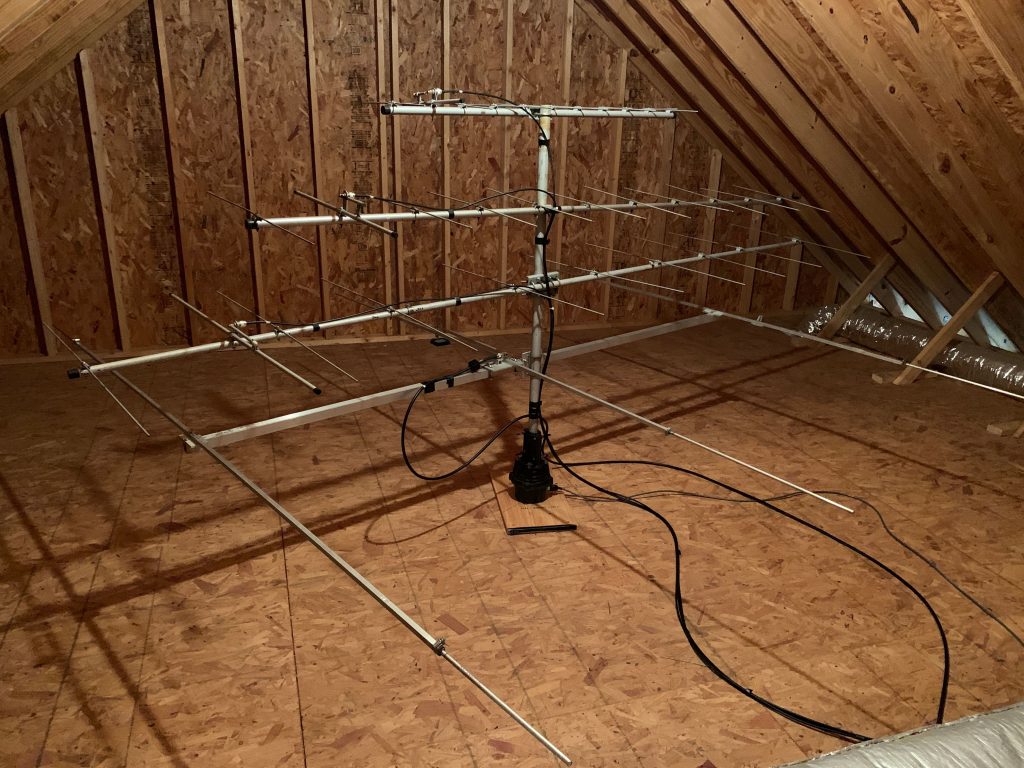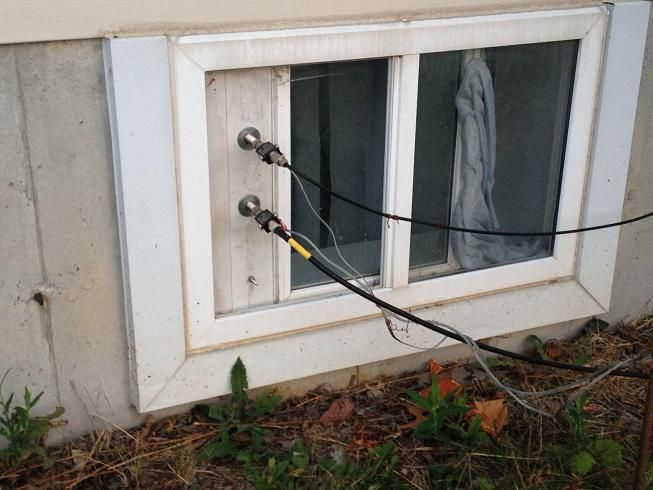If your attic dipole presents generally reasonable swr50 values on the bands of interest it is less important to keep the tuner at the feedpoint and one in the shack becomes more accpetable.
Attic dipole safety.
Power output won t be over 100 watts and i m aware of rfi potential and have done some rf exposure calculations.
Even wiring can carry interference from elsewhere in the house so try to keep the antenna as far away from this as possible.
If your attic dipole presents generally reasonable swr50 values on the bands of interest it is less important to keep the tuner at the feedpoint and one in the shack becomes more accpetable.
The better your antenna the more success you will have making contacts.
See diagram of 40m ocf along roof ridge line.
Mac af4ps fp 51 note.
If the attic area is not large enough to accommodate an almost full size dipole simply erect as much of the antenna as possible in a straight line then bend the ends of the dipole up down or sideways from the main portion of the system.
Out of necessity i will be using a multiband dipole in the attic for hf.
You should attempt to maintain symmetry in the system by bending the ends of the antenna in equal amounts.
However a good 1 1 current balun should be used at the feedpoint in either case.
It is not in the signal path.
His shortwave receiver is a yaesu frg 8800.
Keep away from sources of interference.
Luckily his attic and the shake shingle covered roof are entirely made of wood with no metal objects to contend with anywhere.
There can be sources of interference in the attic.
Finally as attic antennas may be physically closer to us don t forget to make an rf safety evaluation to ensure your family and nearby neighbors are properly protected especially if you re living in a townhouse or condominium.
The radiation patterns could cause some health risks and interference that you would need to work to resolve.
Ensure that the signal is not required to pass through this i e.
However a good 1 1 current balun should be used at the feedpoint in either case.
Antennas in the attic are a fire hazard this is one of my most favorite excuses because the factual case of a fire hazard is nearly impossible to make.
The testing isn t hard but it is conducted so that operators have the basic safety and knowledge to make contact.
In some countries it is common practice to have a cold water tank in the attic.
I have just over 40 feet available along the peak of the attic and would like to cover 10 40 meters.
For the most common type of antenna the dipole the high voltage point is the ends of the antenna.
While you may not think it dangerous you can suffer a severe electrical shock on as little as 30 watts and as has already been pointed out.
This was installed at a previous qth i will be the first or millionth remember i m from fl to affirm that the antenna is the determining factor for success when it comes to one s station set up.




























